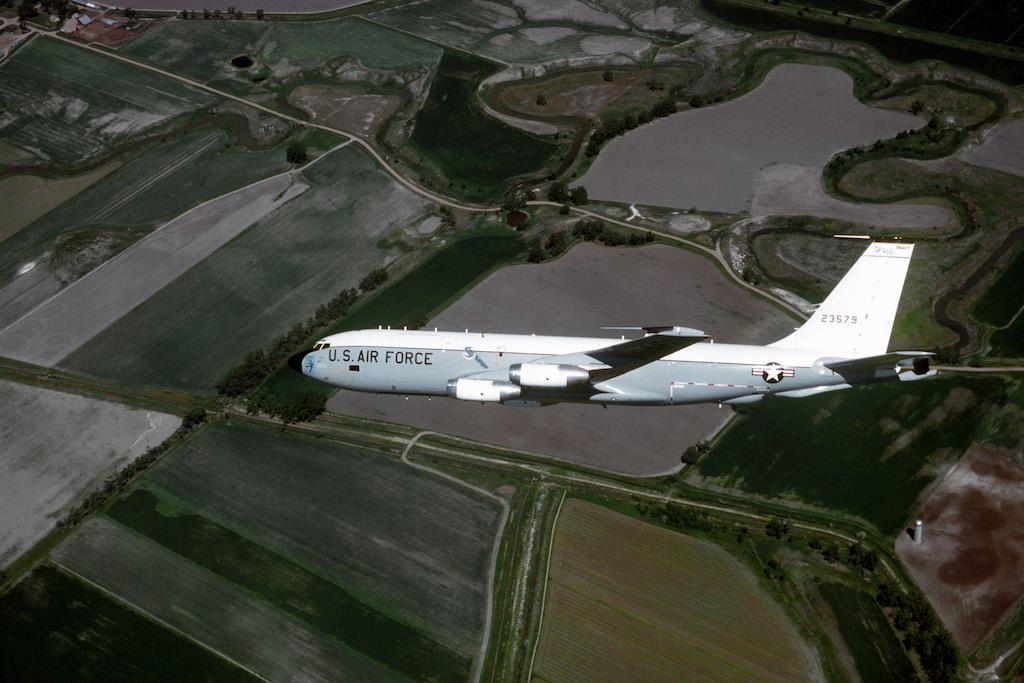
In one of my Air Force squadrons a favorite reply to any unusual request was simply, “We can do that!” It was the height of bravado and team spirit and was looked upon favorably by fellow crew members and by the chain of command. My introduction to this elan was in my Boeing 707 (EC-135) squadron in Hawaii and I was one of its greatest practitioners. But in the years I had flying that airplane I slowly began to understand that before saying “We can do that!” the better thought would have been, “Should we do that?”
The height of my zeal for the method was with a load of passengers waiting to fly from Hawaii to California. One of our electrical generators was broken and our home base was fresh out of spares. This left us with only two good generators, since only three of the four engines had a generator installed. And these generators were prone to failure. The rule book said we needed to have all three for oceanic flight--with one exception. We could fly the airplane to the “first point of repair.” Since our mainland destination had the part, I elected to fly a few thousand miles overwater with one less generator. The passengers thought I was a genius and I got an “Atta boy!” commendation. The squadron was evenly divided; some said I deserved a pat on the back, others said I needed a kick in the pants. I thought the entire episode was just more proof of my “We can do that!” bona fides.
I didn’t give the idea much thought until years later, while flying for the prestigious 89th Airlift Wing at Andrews AFB, Maryland. We prided ourselves in the “We can do that!” credo and practitioners would often brag about their latest exploits. Our Gulfstream III squadron usually flew members of the president’s cabinet, his wife, top-level senators and an occasional “special mission.”
One such mission was to fly a peace treaty--yes, an actual piece of paper--from Washington, D.C., to Geneva. Since there were no passengers, the crew was allowed to depart a day early so that their valued cargo was sure to be at the site of the ceremony on time. They stopped at Gander, Newfoundland, for fuel, making an approach in heavy snow but landing on schedule and getting a full load of fuel for the final leg east. When taxiing out, the flaps refused to move beyond 7.5 deg. The GIII’s flap system includes a mechanical link to the horizontal stabilizer, which has two positions: takeoff/approach and cruise. Clearly, ice had frozen the stabilizer in the cruise position and taxiing back to get the tail deiced would have cost the crew 30 min. The minimum flap setting for takeoff was 10 deg. and there were no procedures for a frozen stabilizer other than to land as soon as possible. The crew elected to take off, reasoning that their performance would be adequate and that the ice on the tail would sublimate once above the clouds.
As it turns out the crew was right: They got off the runway with room to spare, and the ice did sublimate, 3 hr. later. The pilots took turns pushing the yoke forward since the horizontal stabilizer was so grossly out of trim that the push force was outside the autopilot’s capability. News of the crew’s “We can do that!” episode beat them home to the squadron, where the pilot force was evenly divided about their judgment. One-half wanted the pilot’s commended, the other half wanted them fired. I was in the latter category. They didn’t have any performance data indicating they could take off with 7.5 deg. of flap, the practice was not allowed in our manuals, and flying out of trim for 3 hr. was putting stresses on the aircraft that had never been tested. In the end, the crew got a pat on the back and the episode was never again mentioned. (Until now, of course.)
At the time, I thought about my attitude change in just five short years. Perhaps it was the move from one airplane to the next that made me appreciate the value of caution. Or maybe the accumulation of experience made me that much wiser. I thought I could excuse my earlier self as “young and stupid,” but before too long I was back in the “We can do that!” camp. I had become “old and stupid.” Looking back at this episode and others, I realize now my attitude was a form of complacency.






Comments